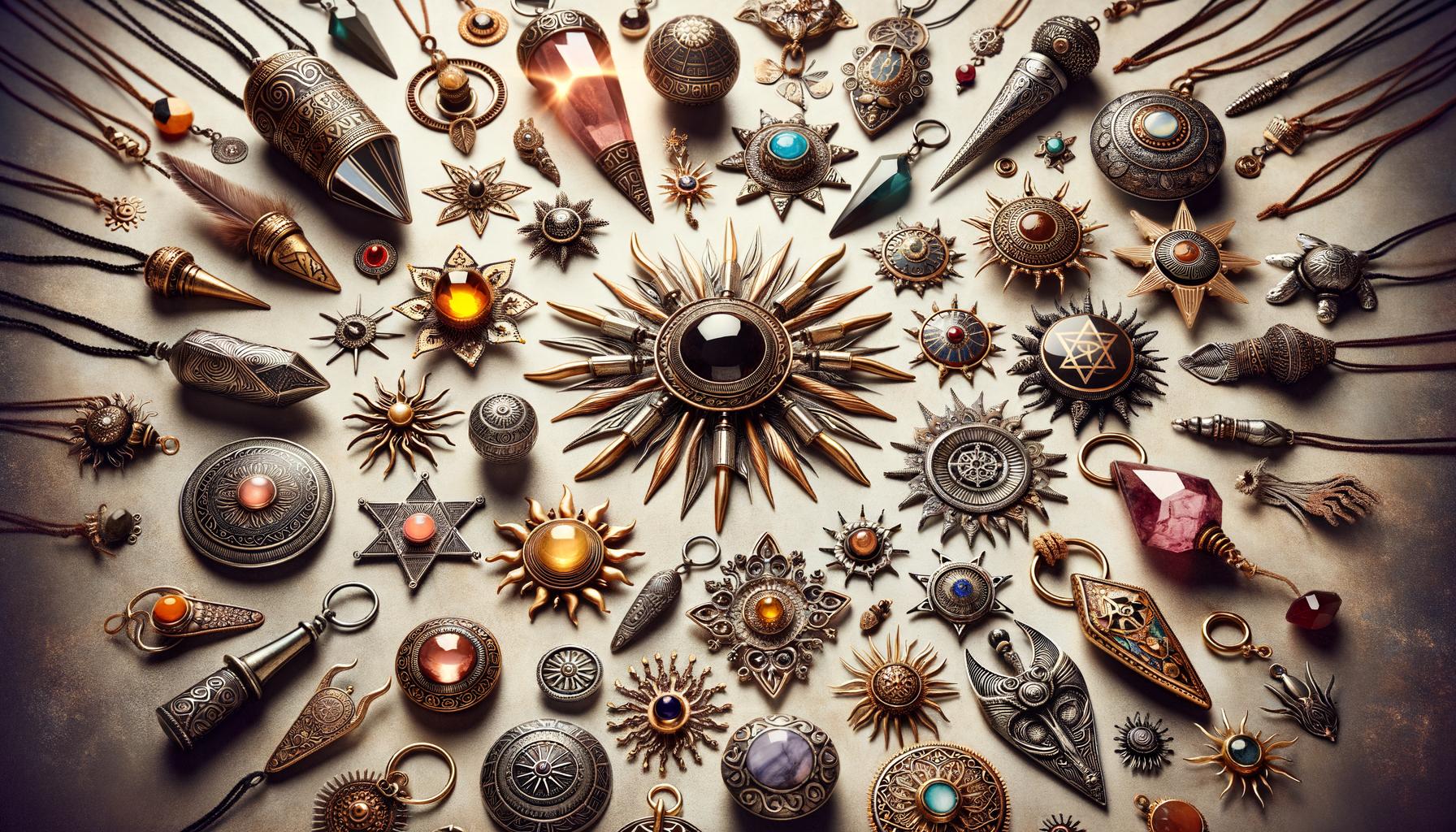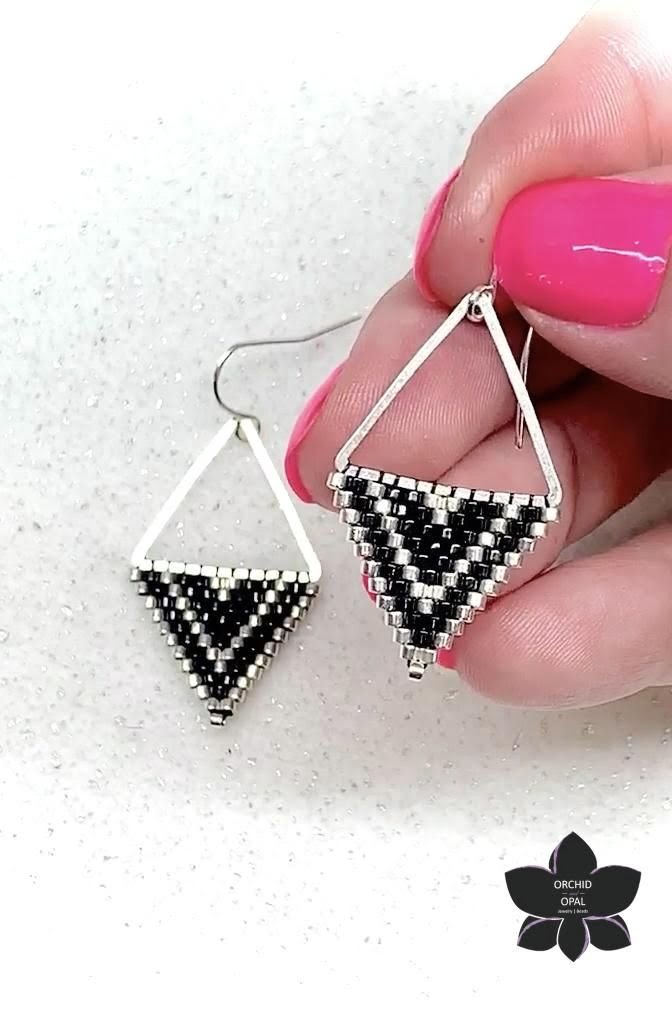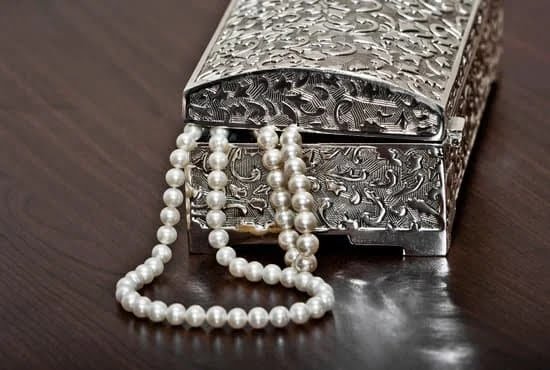The power of amulets and talismans in different cultures has long captivated human imagination and spiritual curiosity. Amulets and talismans, often synonymous but subtly distinct, are objects believed to possess magical properties that provide protection, bring good luck, or offer healing.
These small, often intricately designed items have been a part of human history for millennia, appearing in various forms across many different civilizations. Their significance is not merely rooted in folklore or superstition; rather, they have held profound cultural and spiritual importance throughout the ages.
Historians and archaeologists have uncovered ample evidence of amulets and talismans being used by ancient civilizations such as the Mesopotamians and Egyptians. These early cultures believed that these objects could channel divine energies or protect them from malevolent forces.
The enduring fascination with amulets and talismans can be attributed to their perceived efficacy in influencing fate and well-being. From hieroglyph-inscribed scarabs in ancient Egypt to dreamcatchers among Native American tribes, these items tell rich stories about the values, fears, and hopes of the people who created them.
In this article, readers will delve into the origin and evolution of amulets and talismans across several cultures worldwide. We will explore their historical significance, symbolic meanings, ritualistic uses, and how they have adapted over time to modern contexts. By examining the diversity of these mystical objects-from Chinese jade charms to African tribal fetishes-we aim to provide a comprehensive understanding of their role in shaping human history and continuing relevance today.
Historical Significance of Amulets and Talismans
The origin and evolution of amulets and talismans trace back to the earliest days of human civilization. These objects have been found in the archaeological remains of ancient cultures such as Mesopotamia, where cylindrical seals often served a dual purpose-both as practical tools and protective charms.
In ancient Egypt, these sacred items played a significant role in both life and death. The Egyptian ankh, for instance, symbolized eternal life and was commonly worn by the living for protection and placed among burial goods to assure safe passage into the afterlife.
Early civilizations widely believed in the protective and beneficial powers bestowed by amulets and talismans. Such beliefs are seen across cultures; for example, in Mesopotamian mythology, personal gods or spirits known as “shedu” were invoked through clay tablets inscribed with incantations. Egyptians carried small figurines or other items blessed by priests that they believed held magical properties to ward off evil spirits or endow them with specific abilities like increased fertility or heightened strength.
These ancient peoples meticulously crafted their amulets from various materials believed to possess inherent power, choosing metals like gold for its perceived divine essence or semi-precious stones linked to specific deities. Ritual processes often accompanied their creation: the ankh might be consecrated through a ceremony invoking Osiris before being presented to its owner.
This highlights not only their craftsmanship but also their profound cultural significance. Even today, studying these artifacts offers invaluable insights into how deeply embedded the power of amulets and talismans in different cultures has been throughout human history.
| Civilization | Example |
|---|---|
| Mesopotamian | Cylindrical seals |
| Egyptian | Ankh (symbol of eternal life) |
Amulets and Talismans in Ancient Egypt
Popular Types of Amulets
Ancient Egypt is one of the most well-documented civilizations where the power of amulets and talismans in different cultures was keenly observed. Among the myriad amulets that were prevalent, the Eye of Horus, also known as ‘wedjat,’ stands out due to its significant protective capabilities.
It represented healing, protection from evil spirits, and rebirth-values cherished deeply by Egyptians who often inscribed it on surfaces or wore it close to their bodies. Scarabs were another popular type of amulet, symbolizing transformation and resurrection-a crucial belief due to the importance placed on the afterlife.
Symbolic Meanings and Supposed Powers
Each amulet held distinct symbolic meanings that catered specifically to various aspects of daily life or spiritual existence. The Ankh, resembling a cross with a loop at the top, signified life and immortality. It was commonly worn by both living individuals seeking eternal life and included among funerary items for the deceased.
The Djed pillar represented stability and strength and was associated with Osiris, god of the afterlife. These objects were not merely fashionable accessories; they were imbued with immense spiritual significance meant to assist in life’s trials or guarantee safe passage into eternity.
Ritual Processes Involved in Their Creation and Use
The creation process for these potent symbols often involved intricate rituals invoking divine blessings. The materials selected-whether gold, semi-precious stones like turquoise or lapis lazuli, or common stones-were believed to enhance their efficacy based on inherent properties aligned with specific deities or natural elements.
Priests would conduct specific incantations or prayers during their crafting process to instill divine energy within each piece. These rituals underscored an understanding that crafting these objects wasn’t merely an act of artistic creation but also a sacred practice ensuring that each amulet functioned as intended.
Ancient Egyptian faith in these powerful symbols was so ingrained that they have been discovered among burial goods in countless archeological sites across Egypt. This underlines how pervasive these beliefs were-not just as part of cultural practice but woven deeply into both personal faith and societal norms over millennia.
The Cultural Muance of Amulets in Asia
In Asia, the power of amulets and talismans in different cultures is both extensive and deeply rooted in tradition. Chinese jade amulets serve as prime examples of this cultural significance. These luxurious green stones are not merely ornamental; they hold a historical weight that dates back thousands of years.
Jade amulets were believed to embody qualities such as purity, moral integrity, and protective powers. Often intricately carved into symbols like dragons or phoenixes, these amulets were carried to safeguard the wearer from evil spirits and misfortune.
Japanese culture also relies heavily on the use of omamori-charm bags sold at Shinto shrines. These small pouches are made from various materials like silk and contain written prayers or sacred objects. Each omamori serves a specific purpose, whether it’s for safe childbirth, academic success, or general protection against misfortune.
Unique to Japanese tradition is the belief that these charms should not be opened, as doing so could diminish their power. The creation process involves ceremonial rituals performed by priests that imbue the omamori with spiritual energy.
Comparatively, one can find both similarities and differences between Eastern and Western traditions concerning these mystical objects. In Eastern cultures like those of China and Japan, amulets often incorporate elements of nature (e.g. jade) or specific written intentions (e.g.
prayers), which speak volumes about their deep-rooted spiritual beliefs in the natural world and divine protection. On the other hand, Western cultures have historically used crosses, Saint Medals, or horseshoes primarily drawing from religious symbolism rather than nature-inspired tokens.Throwing light on these varied traditions helps us appreciate how intertwining supernatural thoughts weave through human history globally over centuries.
Therefore:
- Both Chinese jade amulets: symbolizing natural purity
- Japanese omamori: focused on specific personal needs
This highlights contrasting yet connected viewpoints on how these cultures employ them in daily life.
Native American Talismans and Their Spiritual Implications
The Role of Animal Spirits and Nature in Talisman Creation
Nature plays a pivotal role in the creation of Native American talismans, most notably through the incorporation of animal spirits. Revered for their connection to the natural world, animals are seen as messengers or embodiments of spiritual truths, each species bearing unique attributes that can guide and protect an individual.
For instance, the eagle often symbolizes vision and strength, while the bear may represent courage and healing abilities. By harnessing these characteristics, Native Americans believe they can channel the power of amulets and talismans in different cultures to influence their fate positively.
Specific Examples Such as Dreamcatchers and Their Intended Effects
Dreamcatchers serve as one of the most well-known Native American talismans. Believed to originate with the Ojibwe people, dreamcatchers are crafted with a web-like structure intended to capture bad dreams or malevolent spirits during sleep. Traditionally woven by hand using materials like willow hoops and sinew, dreamcatchers are adorned with feathers and beads that add distinct personal significance.
According to tradition, negative dreams get trapped in the web while positive ones flow through to the sleeper via the attached feathers. This blend of craftsmanship and spirituality exemplifies how these cultures imbue everyday objects with profound protective capabilities.
Spiritual Leaders and Shamans: Protectors and Creators
In many Native American tribes, shamans or spiritual leaders hold a special status as both protectors and creators of talismans. These individuals possess extensive knowledge about craft rituals, chants, herbs, stones, and other elements deemed necessary for imbuing objects with spiritual power.
Often acting as healers within their communities, shamans utilize these practices not merely for protection but also for guidance in important life decisions or battles against spiritual adversaries. Thus, underlining their importance in maintaining cultural heritage and belief systems linked deeply with nature’s harmony.
Each aspect-from animal symbolism to intricate crafting techniques-showcases how deeply rooted beliefs shape not only physical artifacts but also community dynamics built on mutual respect for nature’s potency.
Amulets in African Tribal Cultures
In African tribal cultures, the use of amulets and talismans is deeply interwoven with the spiritual and everyday life of various communities. These objects are believed to hold immense power, often serving as a conduit between the physical world and the spiritual realm. The diversity in these amulets reflects the rich cultural tapestry and ancestral heritage of the continent.
For instance, some tribes utilize animal parts like teeth and bones, while others favor natural elements such as herbs and minerals. These materials are thoughtfully chosen for their perceived inherent energies, which contribute significantly to the amulet’s effectiveness.
Witch doctors and spiritual leaders play a pivotal role in the creation and blessing of these amulets. They often undergo rigorous training and initiation rites to harness spiritual power effectively.
When crafting an amulet, they may perform elaborate rituals that include chanting, dancing, or meditation to infuse these objects with protective or healing properties. The process can vary from tribe to tribe but always aims to ensure that the amulet is potent enough to safeguard its owner from harm or bring good fortune.
The materials used in African amulets also hold specific symbolic meanings connected to nature’s power. For example, beads made from certain stones might be believed to provide strength or courage, while feathers could signify freedom or communication with spirits. The power of amulets and talismans in different cultures underscores a universal human desire for protection and connection with something greater than oneself.
| Role | Description |
|---|---|
| Witch Doctors | Spiritual leaders involved in creating and blessing amulets through ritualistic practices. |
| Natural Elements | Materials like bones, herbs, stones used for their inherent energies believed to enhance an amulet’s potency. |
Modern-Day Use of Amulets and Talismans Across the Globe
Modern societies have found creative ways to adapt the ancient practice of using amulets and talismans, blending age-old traditions with contemporary culture. In Western society, it’s not uncommon to see people wearing jewelry that draws inspiration from ancient symbols, such as the Hamsa hand or evil eye pendants, which are believed to offer protection and ward off negative energy.
These objects often find their way into fashion design, marketed not just for their aesthetic value but also for their supposed spiritual benefits.
Celebrities and public figures have played a significant role in re-popularizing these items, making them desirable not only as fashion statements but also as powerful personal artifacts. For example, many high-profile individuals openly discuss the power of amulets and talismans in different cultures and how they incorporate these into their daily lives.
This renewed interest has spurred a marketplace for modern amulets made by artisans who blend traditional methods with contemporary styles, ensuring these historical practices continue to evolve.
In addition to jewelry, other forms of amulets and talismans have seen a resurgence. People might carry small tokens or charms in their wallets or place protective objects in their homes and cars. Some common modern-day adaptations include:
- Crystals: Believed to channel various energies for healing or protection.
- Lucky coins: Often carried for financial luck and prosperity.
- Incense sticks: Burned for cleansing spaces of negative energy.
Combining old beliefs with new interpretations shows how adaptable the concept is across different eras and societies. The psychological benefits derived from using these objects cannot be ignored either; whether through placebo effect or genuine belief, many find assurance from incorporating these elements into their lives. It’s evident that while times change, the core human desire for security and well-being remains steadfastly intertwined with such practices.
Scientific Perspective
The power of amulets and talismans in different cultures can be partly attributed to their psychological impact on individuals. One of the most compelling theories explaining this phenomenon is the placebo effect, where a person experiences real changes in their physical or mental well-being purely because they believe in the efficacy of an inert object or treatment.
Studies have shown that belief itself can trigger significant positive outcomes, enhancing overall health and happiness. Amulets and talismans act as powerful symbols imbued with cultural and personal significance, often becoming focal points for people’s hopes, fears, and desires.
Scientific research supports the notion that simply believing in the powers of these objects can create a measurable psychological impact. For instance, when people wear an amulet they believe is protective, it may reduce anxiety and increase confidence.
These mental states foster beneficial physiological responses such as lowered blood pressure or improve immune function due to reduced stress. Research from various fields including psychology and medicine indicates that belief in these objects activates neurological pathways similar to those triggered by effective medications or therapies.
Moreover, the communal aspect of amulet use across different cultures further amplifies their psychological potency. When an entire community upholds the significance of specific talismans, individual members feel a heightened sense of belonging and shared purpose.
This collective belief strengthens resilience against misfortune and adversity by fostering a supportive environment where hope and positivity are regularly reinforced. Therefore, while scientific scrutiny highlights the seeming “irrationality” behind such practices, it also underscores how profoundly interconnected our beliefs are with our mental and physical health.
Conclusion
The rich tapestry of human history reveals the profound significance and enduring presence of amulets and talismans across various cultures. From the intricate jade carvings of Chinese folklore to the powerful Egyptian Eye of Horus, these objects have transcended time, presenting themselves as markers of protection, fortune, healing, and spiritual connection. This exploration uncovers a shared human inclination towards harnessing symbolic objects to confront life’s uncertainties and establishing an enduring link between the physical and metaphysical realms.
Amulets and talismans are not merely relics of ancient civilizations like those in Mesopotamia or Egypt; they are vibrant elements in modern societies. Contemporary culture continues to find solace and meaning in these age-old practices, adapting them to fit current perspectives while retaining their essence.
The power of amulets and talismans in different cultures exhibits the fusion between tradition and modernity, allowing individuals to draw on ancient wisdom while navigating today’s complex landscape. Whether for psychological assurance or emotional stability, both historical precedent and current practice illuminate a deep-seated human need for protective symbols.
Finally, as we recognize the scientific principles such as the placebo effect that can explain some benefits derived from these objects, we must also consider their cultural validity. Through research-supported studies on mental well-being alongside spiritual narratives passed down through generations, understanding evolves without discrediting either perspective.
Inviting readers to reflect upon their personal encounters with amulets or talismans creates a bridge between academic inquiry and lived experience. The continuing relevance and adaptability underscore how these symbols retain an innate power within diverse cultural frameworks-cementing their place in our collective consciousness now and into the future.
Frequently Asked Questions
What Culture Uses Talisman?
The use of talismans spans across numerous cultures and traditions worldwide. Ancient Egyptians, for instance, famously used scarabs as talismans to protect the wearer and ensure rebirth in the afterlife.
In many African traditions, tribes create talismans from materials such as bones or plant elements to ward off evil spirits. Asian cultures, like those in China and Japan, also incorporate talismans into their practices; they often include various symbols written on paper or carved into wood to bring good fortune and protection.
What Powers Do Amulets Have?
Amulets are believed to possess protective powers that keep the bearer safe from harm and negative energies. They can provide a sense of security and peace by warding off illnesses, curses, or bad luck.
Different amulets may be associated with different types of protection; for example, a cross might offer spiritual safeguarding for Christians, while a Hamsa hand might guard against the evil eye in Middle Eastern cultures. By carrying or wearing these objects close to their bodies, individuals seek both physical safety and mental reassurance.
What Powers Does a Talisman Have?
Talismans are commonly thought to harbor specific beneficial powers tailored to the needs of the individual who possesses them. These can include attracting love, prosperity, strength, or other desired outcomes by channeling positive energy and concentration toward those goals.
Unlike amulets—primarily seen as protective—talismans are often more dynamic tools used actively in rituals or daily routines to manifest particular intentions. Their effectiveness is frequently linked to personal belief systems and cultural contexts that endow each object with its special potency.

Welcome to my jewelry blog! My name is Sarah and I am the owner of this blog.
I love making jewelry and sharing my creations with others.
So whether you’re someone who loves wearing jewelry yourself or simply enjoys learning about it, be sure to check out my blog for insightful posts on everything related to this exciting topic!





